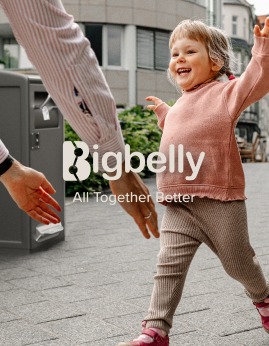 Front of house waste collection is the tip of an operational iceberg of every hospital’s day to day activities. What we see are trash cans, people disposing of and collecting trash, and from time to time overflows and litter.
Front of house waste collection is the tip of an operational iceberg of every hospital’s day to day activities. What we see are trash cans, people disposing of and collecting trash, and from time to time overflows and litter.
What we don’t see is the carting of trash up and down floors, to totes in trash rooms, from trash rooms to dumpsters; vehicles patrolling parking structures; missed opportunities for recycling; or the hidden costs of supporting these activities.
Nor does the average stakeholder see the big picture. For example, a fleet of 50 front-of-house trash cans may be emptied almost 40,000 times per year. Yet most of that is waste…in the six sigma eight wastes sense of the word. Because most of the time, trash cans are not full when they’re emptied. Laborers are paid to collect the empty trash cans which are subsequently thrown into a growing landfill.
And as a result of tying up operations to handle these 40,000 collections, resources are taken away from patient care areas, recycling is marginalized, and employees spend time on a job they are never thanked for and don’t like.
It’s a perfect scenario for six sigma… Gary Kaplan has shown that six sigma can deliver transformative results, for patients and staff alike. We at Bigbelly have seen the same, when hospital environmental services uses the combination of six sigma and modern technology to transform front-of-house waste collection.
A black belt might say: we will fix this by collecting from trash cans only when they are full. This will eliminate a big fraction of the 40,000 collections, plus the excess carting. It will free resources for patient care areas and cut the time employees spend on a job they dislike.
The black belt might also say that this has to be measurable, giving people feedback so they can improve continuously. And in the spirit of kaizen, be part of the solution, not part of the problem. And it would be nice if it made them feel better about their jobs.
And if the team decides to set goals, which it should, this is what they might agree to: reduce collections to no more than 8,000 per year (an 80% gain) and introduce recycling to the front-of-house, raising diversion to 40% or more from the current level (usually 5% or less).
How many tons of recycling might this divert from landfills on an annual basis? Read part 2 now to find out!



